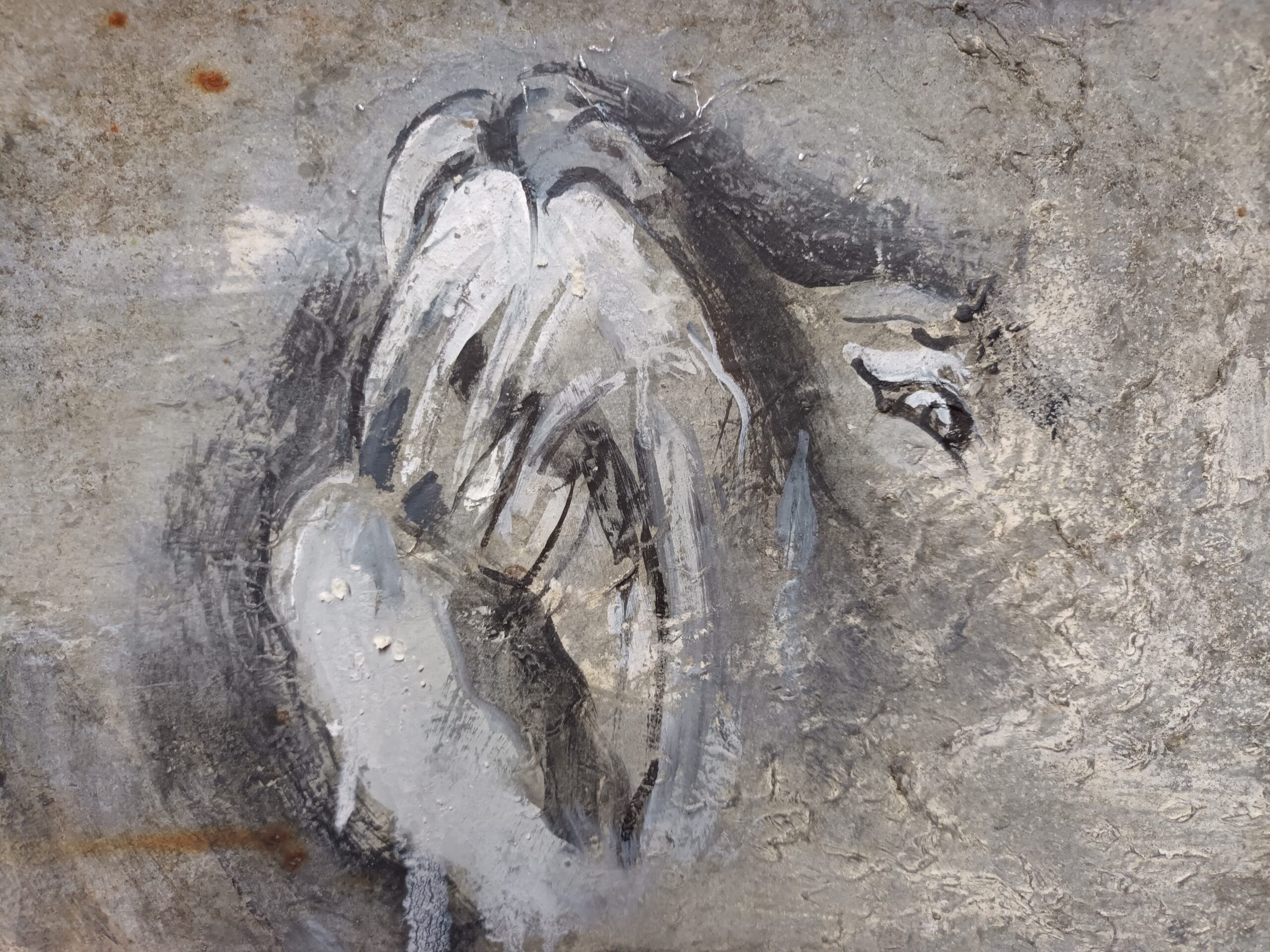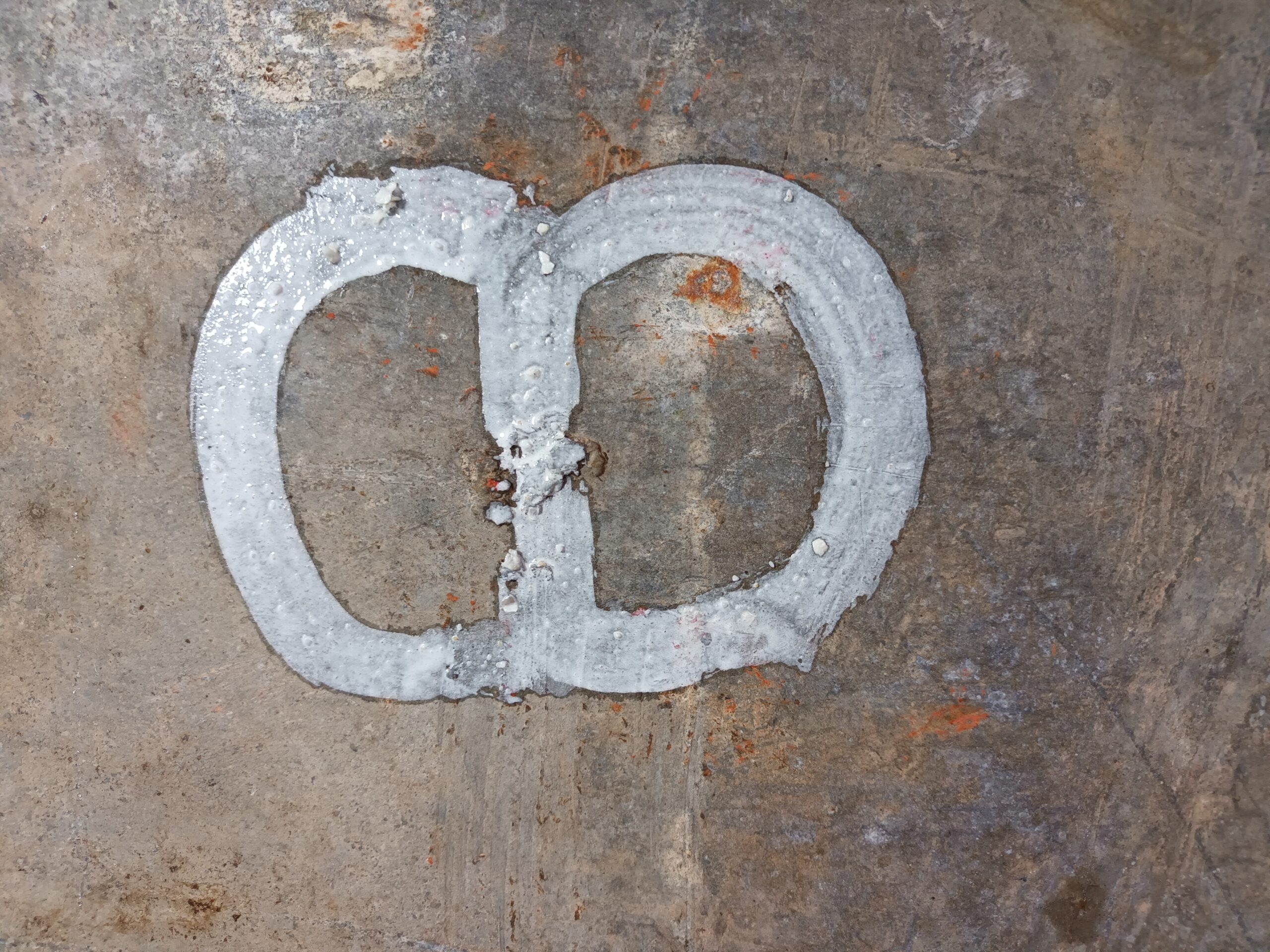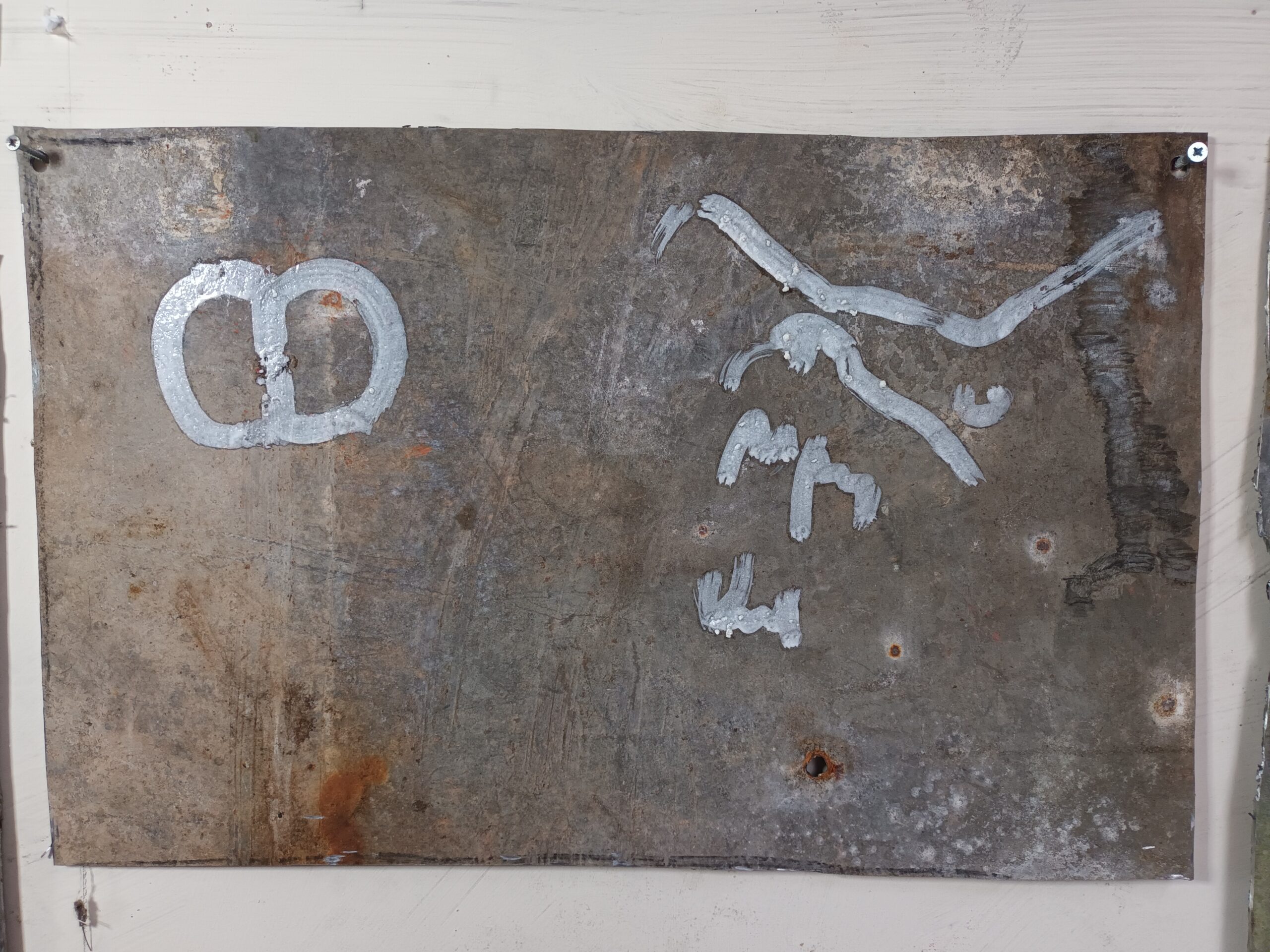Bums and mad dogs: why? In 1969 there was an outbreak of rabies in the UK.
A pet mongrel ‘went mad and died of rabies’ in Surrey. Meanwhile in Norfolk, the fear of rabies was hyped by the (then minimal) media. We had just got our first tv, powered by two shilling pieces in a meter on the back. Often it would switch-off at crucial moments due to lack of funds.

Until then, we relied on neighbours for television. In fact, as children we were so desperate to participate, we would cut a screen shaped hole in a cardboard box, draw some knobs underneath and take it in turns to sit behind ‘the telly’ narrating news to each other. But it was quite limited.

The latest episode of ‘Thunderbirds’ eluded me. When other kids at school talked about what happened, I tried to make it up . Occasionally we’d watch ‘Champion the Wonder Horse’ at the neighbours, or ‘Romper-room’ courtesy of Anglia TV. When rabies arrived, we imagined the horrors of rabid dogs roaming free. Our fear was intensified by an episode of ‘Bella and Sebastian’ on their ‘snowy white horses’, dealing with an outbreak of hydrophobia in the Camargue.

In East Anglia there is a folk story about a black dog they call ‘Shuck’. A devil dog. If you saw him on a dark night, you’d be dead ‘within the twelve month’. Supposedly one should never speak of Shuck, but in Suffolk, businesses now adorn themselves with his persona, casting off fear and awe – for the sake of commerce. Me and my sisters would go on expeditions into the East Anglian wilderness. On one occasion we took refuge on a straw stack to escape a black labrador, which might have had rabies! We waited a long time for it to wander off; we didn’t die, so it wasn’t Shuck.

The rabies outbreak played on our minds. On Saturdays our parents would drive into King’s Lynn to do the food shop, leaving us to ourselves. Our house was opposite where the 336, (a bus service between Lynn and Wisbech), would stop. We decided to entertain passengers, a brief, passive audience.
When the 336 pulled up, we ran about the garden, screaming and shouting, foaming at the mouth (with the aid of SR toothpaste), biting each other, squirming on the grass – as if we had rabies! The old dears on the bus looked a bit puzzled, but madness was nothing new in the Fens. Besides, they probably didn’t know about the outbreak, not many tellys around. No-one from the MAFF came and shot us, but we were chided for using too much toothpaste.

Our parents owned a small-holding. Part of it included a former bus garage which could house four coaches. It had an inspection pit and petrol pump. In ‘the big barn’ as we called it, amongst agricultural machinery and reclaimed wood, there was a pile of old fertilizer in hessian sacks. I mixed this with water to form a white paste and painted on the reverse of the galvanised steel doors – a series of bums and mad dogs.

I’d been obsessed with bums from an early age. It has taken time to decipher what my paintings were about. They were done partly in an effort to wind up my dad, but a deeper look into the symbolism suggests: what better way for a little boy to protect his arse than to put a mad dog between it and potential predators?
‘Bums and mad dogs’ is a series of paintings by Alan Dedman in fertiliser paste, acrylic paint and pencil on galvanised steel. POA, enquiries can be made on the form below or on the sales page.
Leave a Reply